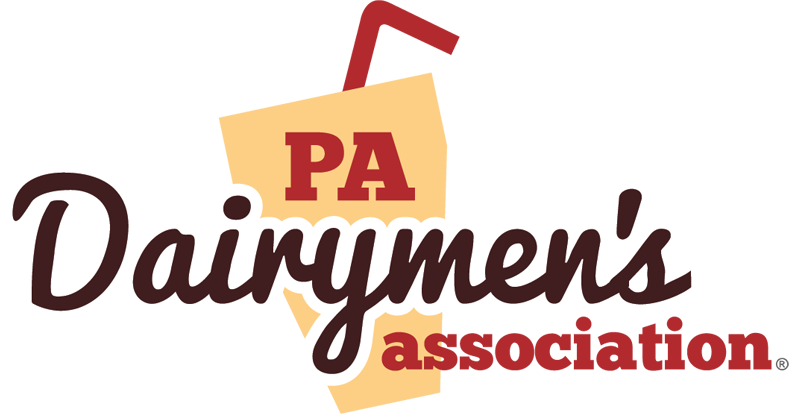
Guest blogger, Jessica Peters, is a 5th generation dairy farmer in northwest Pennsylvania.
The last few years have seen a major shift in how Americans feel about their health. Because of the health concerns of generations before them, millennials are more concerned than ever with what they put into their bodies. But are they heading down the right track? For years, doctors have been pushing low fat diets, but is fat really the enemy? Typically, we think more calories in a food are bad. But more and more research is showing that consuming nutrient-dense foods, that can be higher in calories, is actually beneficial for your body.
I’m not going to try to lie to you about it, yes, dairy products have more fat than other foods. The difference is that it’s a more natural fat that our bodies can absorb more readily and convert to energy that we can use. Some may say that nut beverages are also natural and contain fewer calories and fat. True, they have fewer calories, but there are a few key things to consider.
First, they have an eighth of the amount of protein as cow’s milk. Protein in food is what makes us feel full and satiated. If you need to drink three glasses of an alternative milk to feel as full as one glass of milk makes you feel, you’d ultimately be consuming more calories.
Secondly, if you think alternative milks are more natural I’d encourage you to look at the ingredient list. Dairy alternatives have multiple ingredients while milk has three: milk, vitamin D and vitamin A. It doesn’t get more natural than the main ingredient literally being the name of the product you’re buying.
If fat content is your biggest concern, do you know what the percentages on the milk bottle mean? They are the minimum amount of fat in that gallon of milk. So, 1% milk has roughly 1% fat in it. Skim milk has no fat in it, so let’s be honest, it’s basically milk-colored water. J
But have you looked at a label lately for whole milk? When I speak for school classes or groups around the area, I always ask what percent fat they think is in whole milk. It generally ranges anywhere from 50-100%. You can imagine their faces when I tell them whole milk actually has only 3.5% fat. Seriously, 3.5% fat, but it tastes so much better. Don’t believe me? Try it!
The reason it’s called whole milk, is because most dairy cows in the U.S. naturally produce milk that has 3.5% fat in it. So, the milk is whole, there’s no fat added to it or taken from it. Honestly, they should change its name to be less confusing. If they called it 96.5% fat free milk it would fly off the shelves!
I don’t want to tell you what to drink, I believe you should make that decision for yourself. But if you’re looking for something healthy and filling, why not give milk a try?
